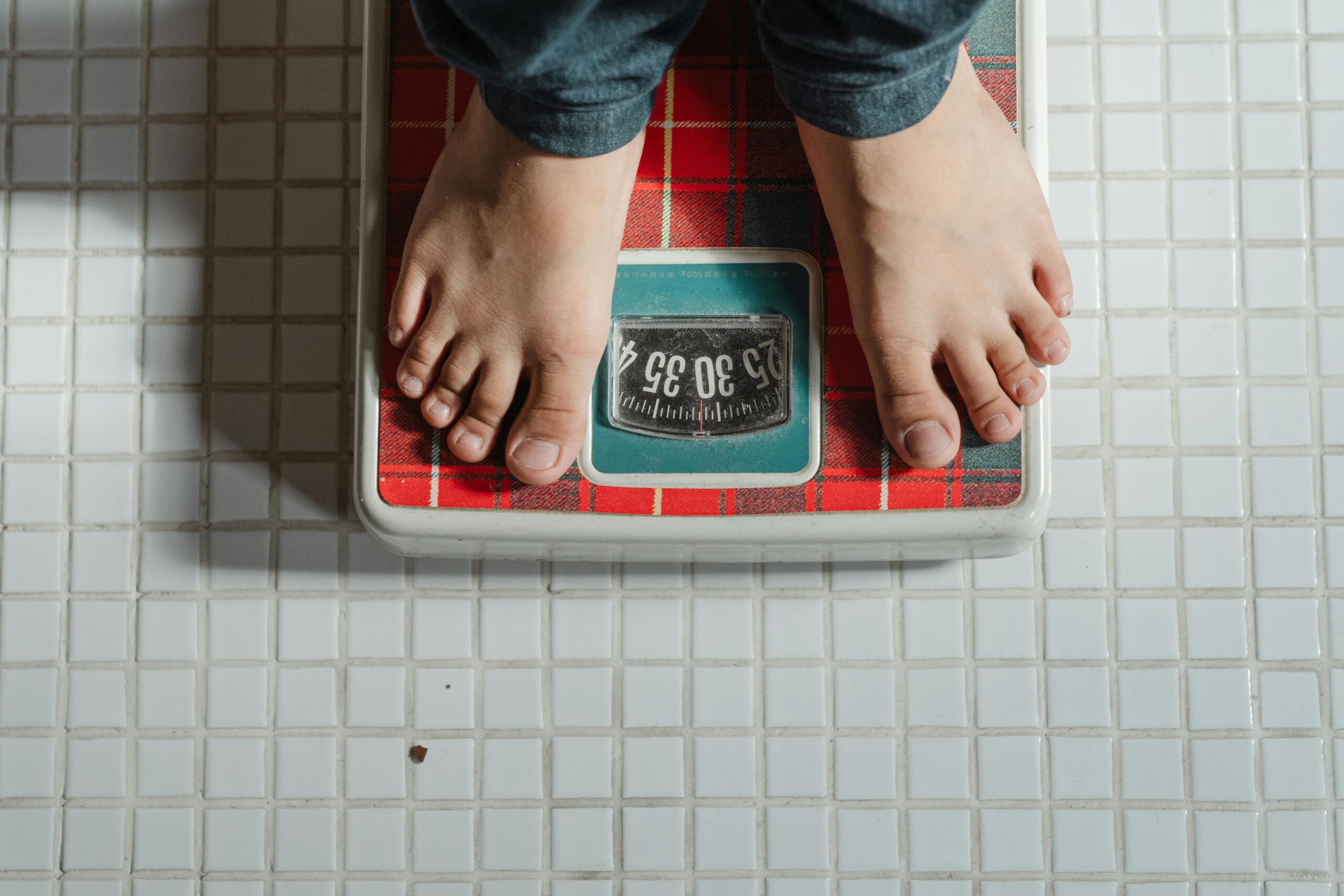What are the best exercises for me?

| # What Are the Best Exercises for Me? |
| ## Understanding Exercise and Fitness |
| ### Importance of Regular Exercise |
| ### Types of Exercise |
| #### Cardiovascular Exercises |
| #### Strength Training |
| #### Flexibility and Mobility Work |
| #### Balance Exercises |
| ## Assessing Your Fitness Level |
| ### Physical Health Evaluation |
| ### Fitness Goals |
| ## Choosing the Right Exercises |
| ### Tailoring Exercises to Your Goals |
| ### Considering Your Preferences and Lifestyle |
| ## Best Exercises for Different Goals |
| ### Weight Loss and Fat Burning |
| ### Muscle Building and Strength |
| ### Improving Flexibility and Mobility |
| ### Enhancing Cardiovascular Health |
| ### Boosting Mental Well-being |
| ## Incorporating Variety and Progression |
| ### Importance of Variety |
| ### Progressive Overload |
| ## Conclusion |
| ## FAQs |
Article
# What Are the Best Exercises for Me?
Exercise is essential for overall health and well-being, but with so many options available, it can be challenging to know where to start. In this article, we’ll explore the best exercises for different fitness goals and how to tailor your workout routine to suit your needs.
## Understanding Exercise and Fitness
Regular exercise is crucial for maintaining a healthy body and mind. It not only helps you control your weight but also reduces the risk of chronic diseases like heart disease, diabetes, and certain cancers.
### Importance of Regular Exercise
Engaging in regular physical activity has numerous benefits, including improved cardiovascular health, stronger muscles and bones, better mood, and increased energy levels. It also helps reduce stress and improve sleep quality.
### Types of Exercise
There are four main types of exercise, each offering unique benefits:
#### Cardiovascular Exercises
Cardiovascular exercises, also known as cardio, increase your heart rate and improve circulation. Examples include walking, jogging, cycling, swimming, and dancing.
#### Strength Training
Strength training involves using resistance to build muscle strength and endurance. This can be done using free weights, resistance bands, or weight machines.

#### Flexibility and Mobility Work
Flexibility and mobility exercises improve joint range of motion and reduce the risk of injury. Examples include yoga, Pilates, and stretching exercises.
#### Balance Exercises
Balance exercises help improve stability and prevent falls, especially in older adults. Activities like tai chi, balance boards, and single-leg stands are beneficial.
## Assessing Your Fitness Level
Before starting any exercise program, it’s essential to assess your current fitness level and set realistic goals.
### Physical Health Evaluation
Consult with a healthcare professional to assess your physical health and any underlying medical conditions that may affect your ability to exercise safely.
### Fitness Goals
Determine what you want to achieve through exercise. Whether it’s weight loss, muscle building, improved flexibility, or enhanced overall fitness, setting specific goals will help guide your workout routine.
## Choosing the Right Exercises
Once you’ve established your fitness goals, it’s time to choose the exercises that will help you achieve them.
### Tailoring Exercises to Your Goals
Select exercises that align with your fitness objectives. For example, if your goal is to lose weight, focus on cardio exercises that burn calories. If you want to build muscle, incorporate strength training into your routine.
### Considering Your Preferences and Lifestyle
Choose activities that you enjoy and fit into your lifestyle. If you dislike running, try cycling or swimming instead. Finding activities you love will increase your motivation to stick with your exercise program.
## Best Exercises for Different Goals
Now let’s explore the best exercises for common fitness goals:
### Weight Loss and Fat Burning
For weight loss, focus on activities that elevate your heart rate and burn calories, such as brisk walking, jogging, cycling, and high-intensity interval training (HIIT).
### Muscle Building and Strength
To build muscle and increase strength, incorporate resistance training exercises like squats, lunges, deadlifts, push-ups, and pull-ups into your routine.
### Improving Flexibility and Mobility
To improve flexibility and mobility, practice stretching exercises and activities like yoga and Pilates that focus on increasing joint range of motion.
### Enhancing Cardiovascular Health
For cardiovascular health, aim for at least 150 minutes of moderate-intensity aerobic exercise or 75 minutes of vigorous-intensity aerobic exercise per week, combined with strength training exercises.
### Boosting Mental Well-being
To boost mental well-being, consider activities like yoga, meditation, or outdoor activities like hiking or gardening, which can reduce stress and improve mood.
## Incorporating Variety and Progression
To keep your workouts effective and exciting, incorporate variety and progression into your routine.
### Importance of Variety
Mixing up your exercises prevents boredom, reduces the risk of overuse injuries, and ensures that you’re targeting different muscle groups for balanced fitness.
### Progressive Overload
Gradually increase the intensity, duration, or frequency of your workouts to challenge your body and continue making progress over time.
## Conclusion
Choosing the best exercises for you depends on your fitness goals, preferences, and lifestyle. By understanding the different types of exercise, assessing your fitness level, and setting realistic goals, you can create a personalized workout routine that helps you achieve optimal health and well-being.
## FAQs
1. How many days a week should I exercise?
- Aim for at least 150 minutes of moderate-intensity aerobic exercise or 75 minutes of vigorous-intensity aerobic exercise spread throughout the week, along with two or more days of




